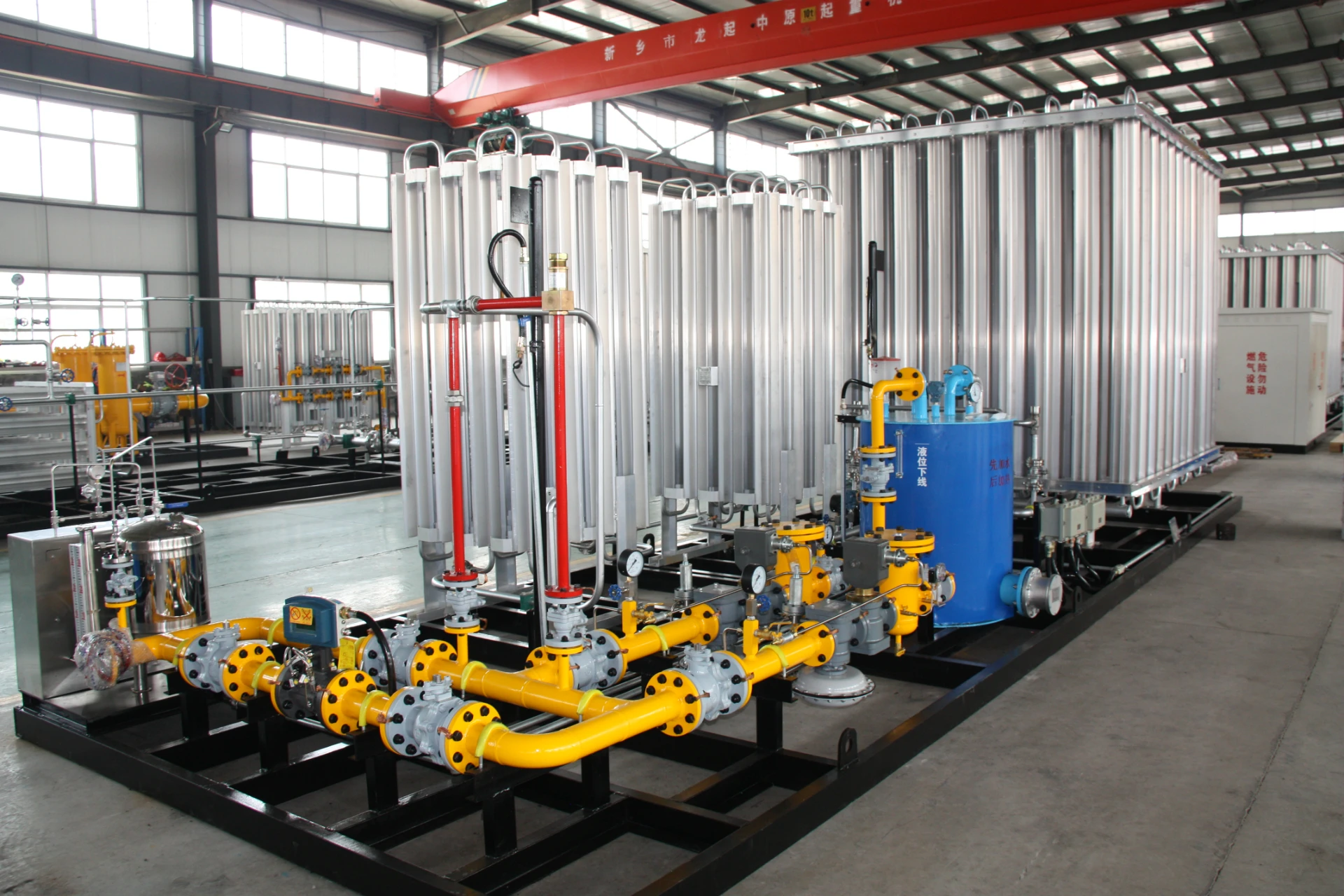
Nov . 03, 2024 07:54
Back to list
lng
Understanding LNG The Future of Energy
Liquefied Natural Gas (LNG) has emerged as a significant player in the global energy landscape. As the world transitions towards cleaner energy sources, LNG stands out for its versatility, efficiency, and environmental advantages. This article explores the key aspects of LNG, its benefits, and its role in shaping the future of energy.
LNG is natural gas that has been cooled down to liquid form at around -162 degrees Celsius. This process reduces its volume to about 1/600th of its gaseous state, making it easier and more economical to transport, especially to regions where pipelines are not feasible. The liquefaction process also eliminates impurities and water, resulting in a clean, high-energy fuel.
.
In addition to its environmental benefits, LNG offers energy security. Many countries, particularly those that rely heavily on coal or oil, are diversifying their energy sources to avoid geopolitical risks and price volatility. LNG imports can help these nations tap into a more stable and flexible energy supply, fostering economic growth and stability.
lng

The technological advancements in LNG infrastructure have made its production, transportation, and storage increasingly efficient. Floating LNG (FLNG) facilities are now operational, allowing for the extraction of natural gas from offshore reserves directly onboard. This innovation reduces the need for extensive pipelines and land-based facilities, enabling quicker and more sustainable gas production.
Furthermore, LNG is well-positioned to support the growing demand for energy in emerging economies. Countries in Southeast Asia, Africa, and South America are experiencing rapid industrialization and urbanization, leading to increased energy needs. LNG can provide the necessary power to support this growth while aligning with the global effort to minimize environmental footprints.
However, the LNG industry also faces challenges. Price fluctuations in the market, geopolitical tensions, and the ongoing development of renewable energies pose uncertainties. Additionally, concerns about methane leakage during extraction and transportation can undermine some of the climate benefits associated with natural gas.
Looking ahead, the future of LNG appears promising. As technology continues to evolve and climate policies tighten, the role of LNG as a bridge fuel will likely expand. It offers a viable solution for managing energy demands while striving for a more sustainable energy future. Embracing LNG could be the key to balancing economic growth with environmental stewardship in this rapidly changing world.
In conclusion, LNG stands at the crossroads of tradition and innovation. It is not merely a fuel source but a catalyst for transformation in how we produce and consume energy, paving the way for a cleaner and more secure energy landscape.
Next:
Latest news
-
Safety Valve Spring-Loaded Design Overpressure ProtectionNewsJul.25,2025
-
Precision Voltage Regulator AC5 Accuracy Grade PerformanceNewsJul.25,2025
-
Natural Gas Pressure Regulating Skid Industrial Pipeline ApplicationsNewsJul.25,2025
-
Natural Gas Filter Stainless Steel Mesh Element DesignNewsJul.25,2025
-
Gas Pressure Regulator Valve Direct-Acting Spring-Loaded DesignNewsJul.25,2025
-
Decompression Equipment Multi-Stage Heat Exchange System DesignNewsJul.25,2025

